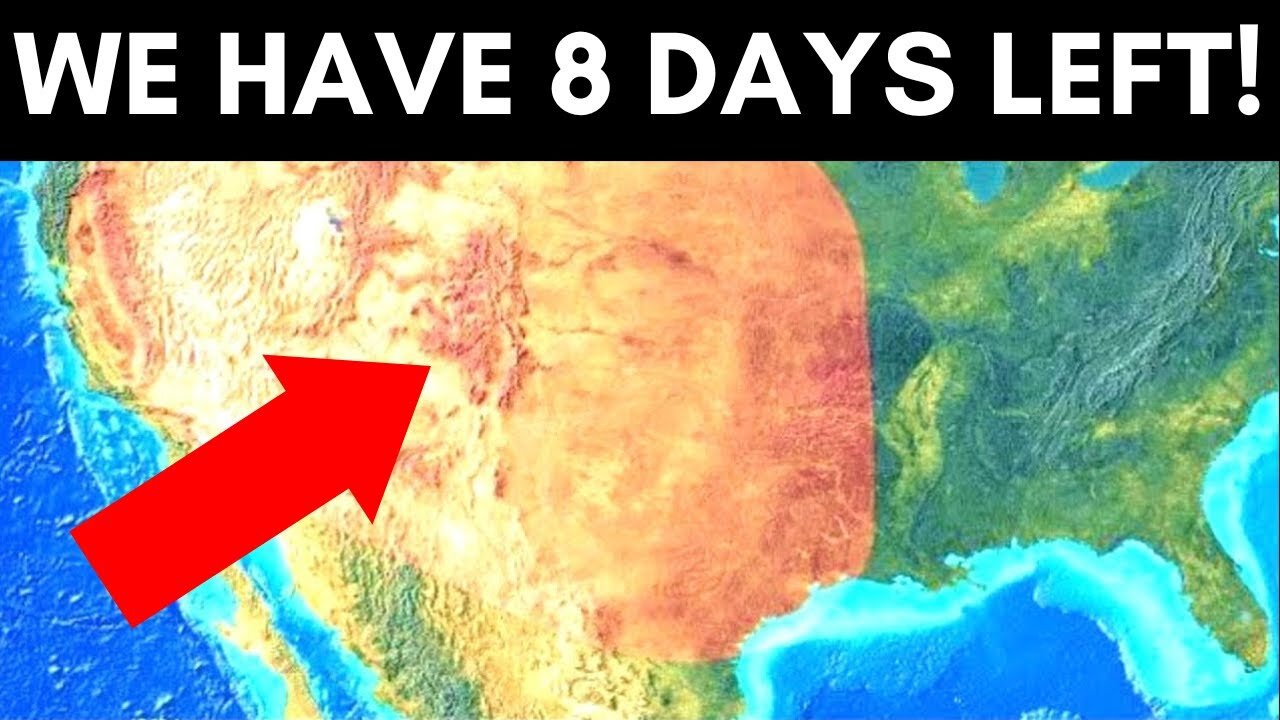Premium Only Content

Yellowstone ALERT System Just Announced A Terrifying Warning
Deep beneath the picturesque Yellowstone National Park lies a powerful force, a ticking time bomb that could unleash devastation with a force never before seen. This sleeping giant has remained dormant for over 600,000 years, but recent discoveries have shown that it may not remain so for much longer. Scientists have uncovered a sizable chunk of magma pulsating beneath the surface, sparking fears of another catastrophic eruption. What could this mean for the park and surrounding areas? Is there any way to predict when or if this monster will wake up from its slumber? And what will happen if it does?
As officials at Yellowstone National Park continue to monitor this pulsating magma, questions arise about what could trigger an eruption and how much time we have to prepare. The last eruption left a massive crater, destroyed everything in its path, and caused worldwide climate change. Could another eruption be even worse? Should the park be evacuated, and what would happen to the millions of tourists who flock to the area each year? Come with us as we delve into the discovery made by Yellowstone National Park officials about a significant portion of magma that has begun to pulsate.
Deep beneath Yellowstone National Park lies a fierce and powerful force, with around ten thousand geothermal features that shape the area's stunning landscapes. These features are driven by titanic forces of heat and pressure, causing the Earth's surface to rise and fall much like a sleeping giant's breath. The park is situated across the states of Wyoming, Idaho, and Montana, with the bulk of Yellowstone and its volcano located in northwestern Wyoming. Magma, a hot region of molten and semi-molten rock, lies beneath the supervolcano, causing the ground to swell and collapse as it flows into a magma chamber reservoir located 6 to 10 kilometers beneath the park's surface.
Volcanologists have been monitoring this activity since 1923 and have observed a period of gradual, continuous growth. From 2004 to 2009, the ground rose by around 25 centimeters, but in 2010, the ground started to sink. These changes have raised concerns about the possibility of an impending Yellowstone eruption and its potential intensity. The area is also rich in geological history, with rocks that date back to the Precambrian period, over 541 million years ago. The region was formed through massive mountain building, volcanism, faulting, and glaciation during the Cenozoic era, which spans the last 66 million years of Earth's history.
Yellowstone,National,Park,officials,just,announced,massive,chunk,of,magma,has,started,pulsating,Yellowstone Volcano,yellowstone volcano live,yellowstone volcano eruption simulation,yellowstone volcano documentary,yellowstone volcano news,yellowstone volcano erupting,yellowstone national park,yellowstone eruption,yellowstone supervolcano,yellowstone geyser,yellowstone geyser live,yellowstone news,yellowstone news today,yellowstone news volcano,2022 Yellowstone
-
 2:14:01
2:14:01
Fresh and Fit
4 hours agoDr. Disrespect Moves To Rumble!
35.5K19 -
 DVR
DVR
Akademiks
6 hours agoDrake Sued his Label for Botting Kendrick Lamar Streams to 'End Him'. Kendrick Drops new video!
36.2K10 -
 0:46
0:46
Dr Disrespect
12 hours agoIt's not just a stream... it's an experience
306K1.65K -
 5:45:38
5:45:38
80sKiid
7 hours ago $22.43 earnedFirst stream on RUMBLE!!!!!
84K5 -
 3:56:31
3:56:31
JakeParker
7 hours ago $13.61 earnedJakeParker is LIVE on Rumble
47.3K -
 LIVE
LIVE
SpartakusLIVE
8 hours ago $23.77 earnedThe Duke rallies squad for LAUGHS into the night with a SMATTERING of TOXIC banter
1,710 watching -
 1:03:51
1:03:51
Flyover Conservatives
1 day agoGeneration Z’s Revolution: 17 Year Old Author on the Return of Faith, Family, and the End of Feminism - Hannah Faulkner; Economic Update - Dr. Kirk Elliott | FOC Show
40.1K2 -
 1:12:43
1:12:43
Adam Does Movies
10 hours ago $20.01 earnedMoviegoers Are Singing Now! + Lilo & Stitch + Sonic 3 - LIVE!
76.7K7 -
 1:26:05
1:26:05
Donald Trump Jr.
13 hours agoRegime Media Imploding: What’s Next for MSNBC? Plus Michael Knowles & Alex Marlow | TRIGGERED Ep.194
227K206 -
 37:26
37:26
Glenn Greenwald
11 hours agoGlenn Takes Your Questions: On Trump's Cabinet, The G20 Summit, and More | SYSTEM UPDATE LOCALS SPECIAL
90.5K53